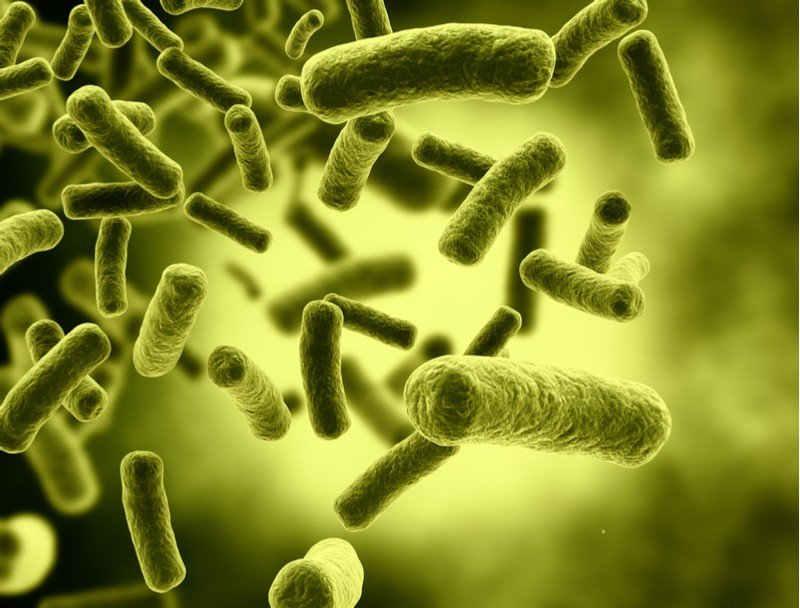Newsletter Signup - Under Article / In Page
"*" indicates required fields
Under a new licensing deal, Qiagen will gain access to a big genetics database from Vienna-based Ares Genetics, which could help tackle the global health crisis of antibiotic resistance.
Antibiotic resistance is a major health concern that is growing fast. One reason for this is that people are often prescribed the wrong antibiotic for their infection. It’s becoming more important than ever for researchers and clinicians to have a complete picture of which bacteria are resistant to which drugs, and which bacterial genes can give us accurate information about their resistance to antibiotics.
A subsidiary of the infectious disease diagnostics company Curetis, Ares Genetics has assembled a huge database of data about pathogens, their genomes obtained from next-generation sequencing, and their resistance to certain drugs. It’s the largest database of its kind. Also unlike lots of similar technology in the market, Ares’ software is able to calculate percentage probabilities that bacteria can resist a particular drug.
This database would be particularly useful for overcoming gram-negative bacterial infections, which are harder to treat than gram-positive bacteria and haven’t seen a new class of antibiotics since 1968.
“When we started the database, it was very much focused on gram-negative bacteria — that was from an urgency point of view,” Achim Plum, Managing Director of Ares Genetics, told me. “These bacteria are the tricky ones — the multi-drug resistant ones that cause all the problems. But the database has now expanded into gram-positive bacteria too.“
Ares is set to transfer its technology to Qiagen over the coming weeks, which will begin offering general bioinformatics services based on Ares’ database and analysis tools. No financial details of the deal were disclosed.

Next-generation sequencing is gaining popularity in the antibiotic resistance field because it’s able to process more genetic data than traditional techniques based on the polymerase chain reaction (PCR). This, in turn, helps researchers to better understand the complex genetic landscape of antibiotic resistance.
“Antimicrobial resistance isn’t usually based on a single gene or a single marker only, but instead on a variety of different resistance mechanisms,” Andreas Posch, CEO of Ares Genetics, told me.
“For severe infections, you’re looking at dozens of pathogens; dozens of treatment options per pathogen; and dozens of resistance mechanisms per pathogen and treatment option. And that’s far too much for common PCR technology to handle. You really need next-generation sequencing technology to make sense of it.“
Others in the biotech world are also crunching data to beat drug-resistant infections. Roche is collaborating with the UK company Summit Therapeutics (formerly Discuva) to develop antibiotics based on Summit’s bioinformatics platform, which can identify genes involved in antibiotic resistance.
The French company Pathoquest also uses next-generation sequencing to detect more pathogens in patients than PCR-based methods can, in the hopes of informing clinicians better about which drugs to use.
Images from Shutterstock






